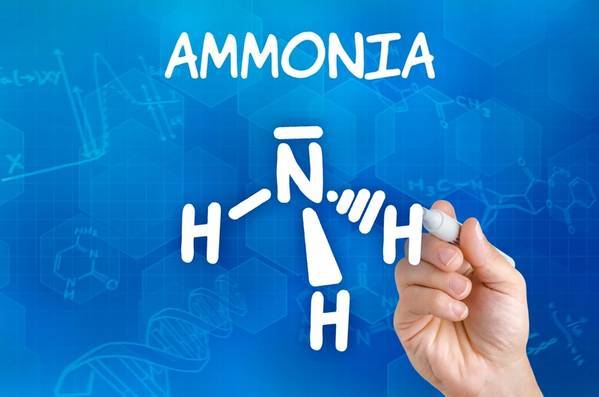
Norwegian carbon tech company Horisont Energi has selected Saipem and Technip Energies for two independent concept studies for the full conceptual design of the Barents Blue carbon-neutral ammonia plant in Hammerfest, northern Norway.
Back in May, Horisont Energi, said it had completed a feasibility phase of the Barents Blue project, laying the groundwork for what it claims will be Europe's first large-scale carbon-neutral ammonia plant with offshore carbon storage.
The studies, to be conducted by Saipem and Techni Energies, will be key for future decisions to realize the Barents Blue project, Horisont Energi said
"By engaging Saipem and Technip Energies, two leading global EPC contractors of large-scale international industry projects, we aim to find the most innovative solutions and fully develop the modularized and winterized process and utility design. This will provide us with a solid basis for the decision to move into FEED and into the realization of the Barents Blue project, says Bjørgulf Haukelidsæter Eidesen, CEO of Horisont Energi.
"The two competitive concept studies, both starting now and [planned to be] be completed in November 2021, will display the design of Europe’s first large-scale blue ammonia plant building upon Haldor Topsøe’s SynCOR Ammonia technology with above 99 percent overall carbon capture," Horisont Energi said.
The concept studies will be performed in collaboration with Multiconsult ASA, which is responsible for the site-preparation, construction, and infrastructure work.
According to Horisont Energi, Barents Blue will be Europe’s first large-scale factory for the production of so-called “blue” ammonia from natural gas, which means that CO2 is captured during the production process and stored. The storage will be done by transporting all CO2 offshore where it is injected into a large geological reservoir under the seabed.
"The proposed plant will offer a climate-friendly market outlet for a significant part of the natural gas from the Barents Sea. Ammonia has numerous industrial applications, including in fertilizer production, and is currently the world’s second-most used industrial gas, with an established infrastructure for shipping throughout the globe. In the future, ammonia is also expected be used as a climate-neutral fuel, especially in the maritime industry and for climate-neutral power production," Horisont Energi said.
The construction work of the Barents Blue project is planned to take place from 2023 to 2025 and the plant is expected to be in operation in 2025.



